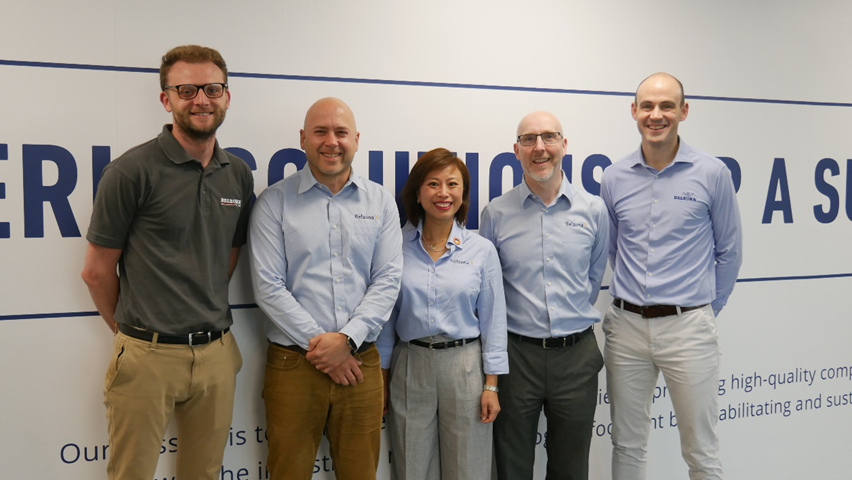- Planning consent for a new subsea electricity superhighway between Scotland and England has now been granted by all relevant authorities.
- Eastern Green Link 2 (EGL2) is a 525kV, 2GW high voltage direct current (HVDC) subsea transmission cable from Peterhead in Scotland to Drax in England, to be delivered as a joint venture between National Grid and SSEN Transmission.
- Planning consent has now been granted for all onshore and offshore elements of the project, including new converter stations and onshore and offshore cables.
Scottish and Southern Electricity Networks Transmission (SSEN) and National Grid Electricity Transmission (NGET) have reached another significant milestone in the development of a new subsea electricity superhighway as planning consents for all the onshore and offshore elements of the project have been granted by all three local planning authorities and by both the Marine Management Organisation in England and Marine Scotland, in Scotland.
Eastern Green Link 2 (EGL2) a joint venture between SSEN Transmission and NGET, will be the longest high voltage direct current (HVDC) cable in the UK, providing enough capacity to power more than two million homes if granted regulatory approval by Ofgem, and is essential to meet the UK’s net zero commitments and deliver a cleaner, greener and more secure energy future.
Once complete, EGL2 will run from a new converter station and landfall point at Sandford Bay, Peterhead, under the North Sea, to a landfall point at Fraisthorpe, on the East Yorkshire coast. Once onshore in England, it will run underground to a new converter station next to Drax Power Station in North Yorkshire.
Four planning elements have been considered by local authorities and marine management organisations in England and Scotland.
Consent for a converter station and new pylon compound, in Peterhead, Scotland
Planning Permission in Principle was granted by Aberdeenshire Council on 20 May 2022 for the HVDC converter station and on 3 February 2023 for a pylon compound joining the high-voltage underground cable to the overhead line.
Consent for subsea cable in English and Scottish Waters
Marine licences have been granted by both the Marine Management Organisation and Marine Scotland on 28 July and 5 May 2023 respectively for EGL2’s 436km subsea cable.
Consent for underground cable in East Yorkshire, England
Full planning permission was granted by East Riding of Yorkshire Council on 3 May 2023 for the majority of project’s onshore underground cable. The planning application was submitted by National Grid Electricity Transmission.
Consent for a new converter station and section of underground cable in North Yorkshire, England
Outline planning permission for the HVDC converter station, located adjacent Drax power station, and full planning permission for the section of onshore cable in North Yorkshire was granted by North Yorkshire Council on 11 August 2023.
It was particularly pleasing to hear the support for the project and its purpose from a number of planning authorities.
Sarah Sale, EGL2 Deputy Project Director, said: “We are delighted that our plans for the onshore and offshore elements of our project have been approved by all local planning authorities and marine licencing organisations. What was particularly pleasing to hear, was the support for the project and its purpose from a number of those planning authorities.
“I would like to take this opportunity to thank everyone who has worked alongside us to reach this key milestone, particularly those who have come forward and shared their views. We will continue to work with the local community and keep them updated as the project develops, and moves into construction, and would like to thank them in advance for hosting such an important project.
“This renewable electricity superhighway is vital in supporting the UK’s transition to net zero and decarbonisation and we’re thrilled to be making such a significant contribution with the largest electricity transmission reinforcement project in the UK.”
Construction is expected to begin in 2024, with a targeted operational date of 2029.










